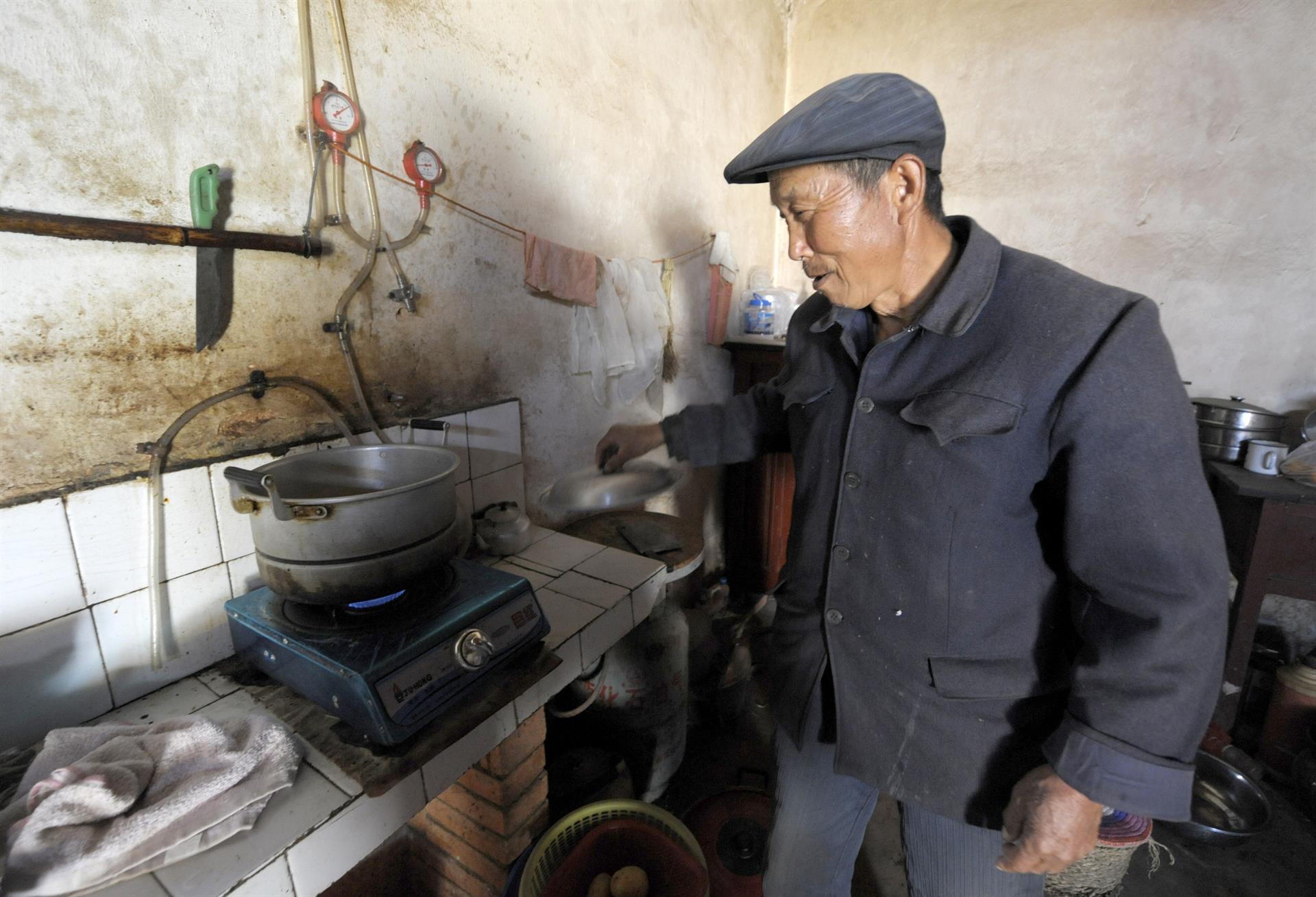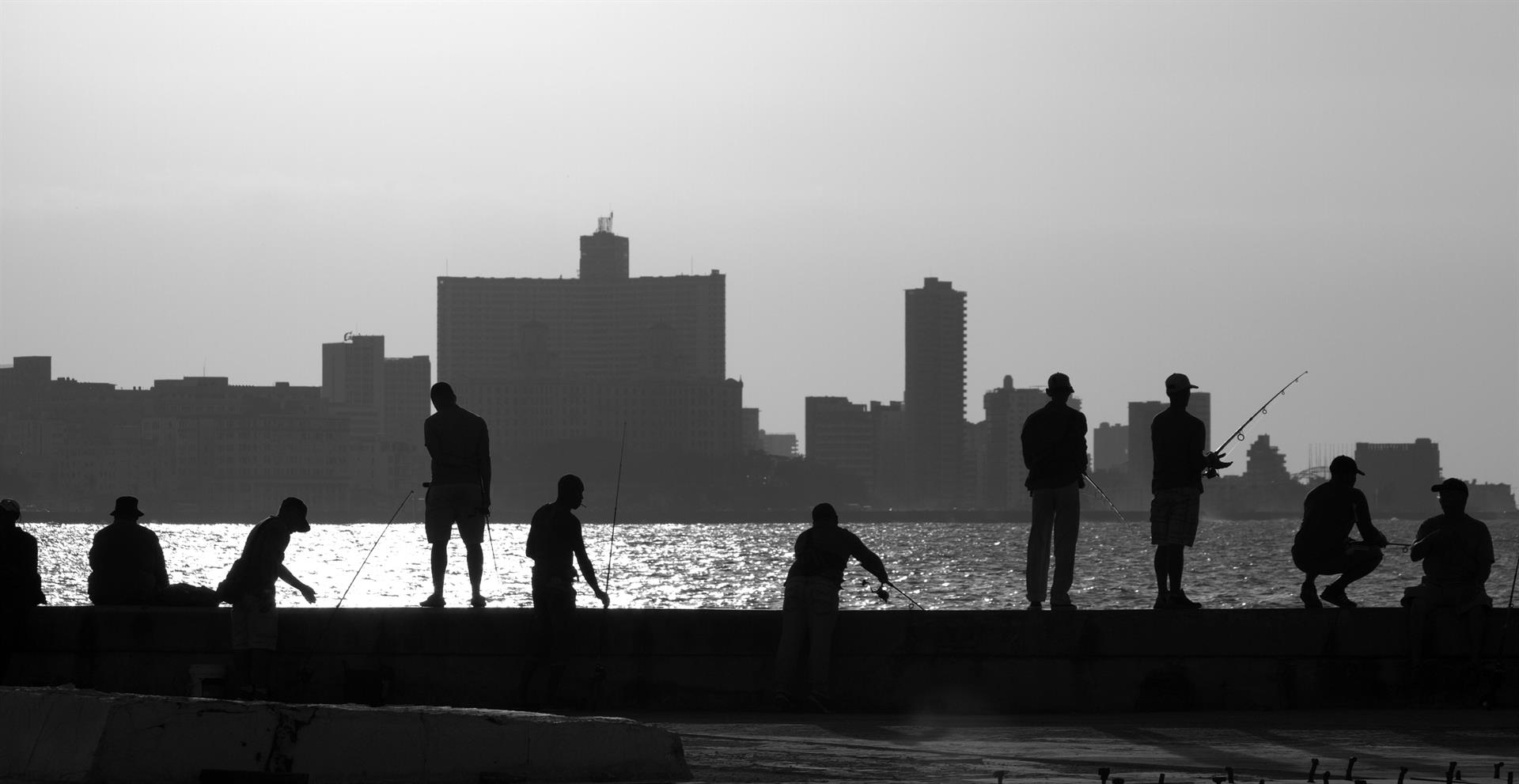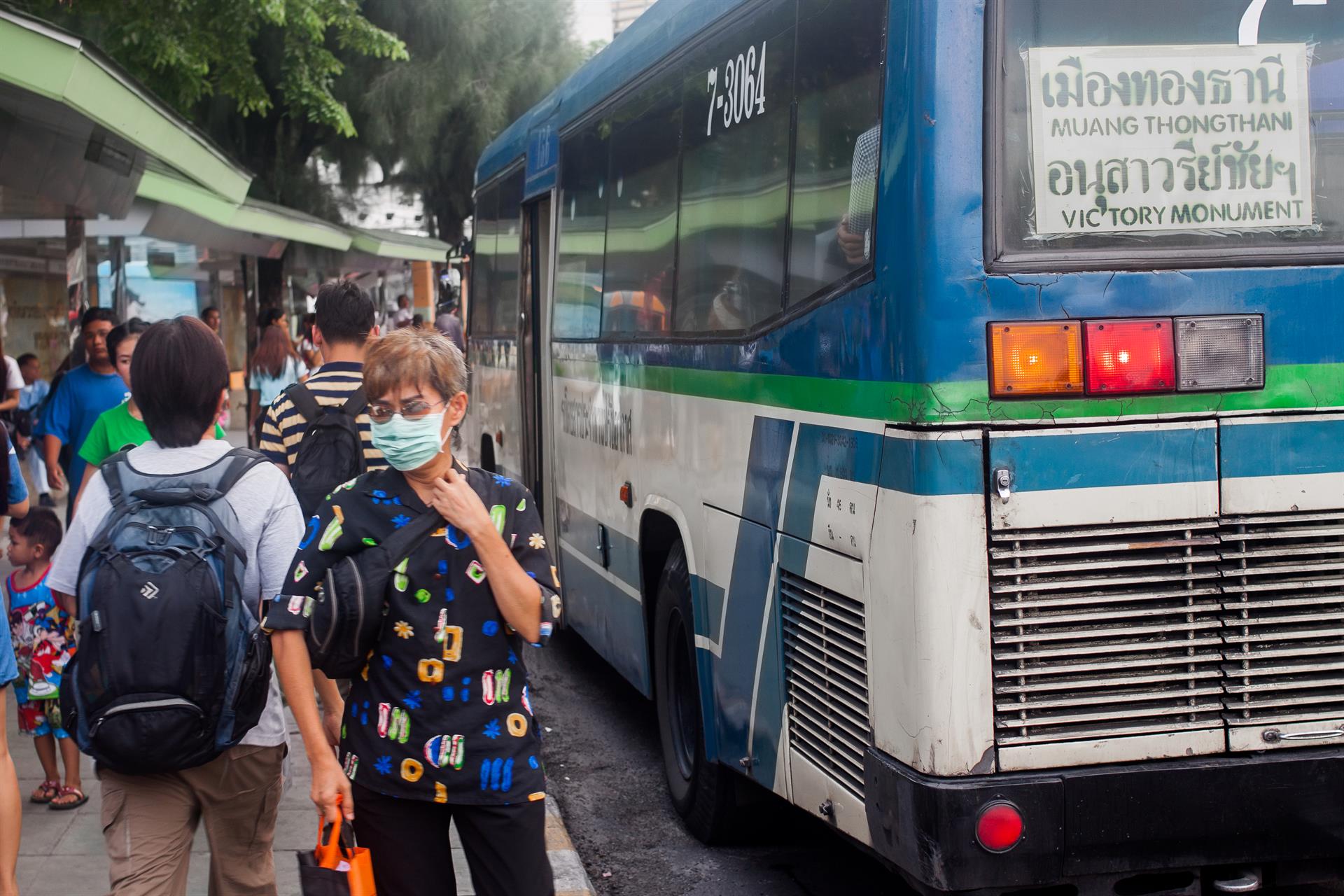Air quality monitoring → Air quality monitoring in low- and middle-income countries needs to be strengthened, especially in areas close to hospitals, schools, and workplaces. Low-cost sensors and other new technologies can expand air quality monitoring and forecasting to areas that are currently underserved. New protocols and standards are needed to guide the effective use and interpretation of data produced by low-cost sensors in citizen science and other applications.

How air pollution is destroying our health
As the world gets hotter and more crowded, our engines continue to pump out dirty emissions, and half the world has no access to clean fuels or technologies (e.g. stoves, lamps), the very air we breathe is growing dangerously polluted: nine out of ten people now breathe polluted air, which kills 7 million people every year.
The health effects of air pollution are serious – one third of deaths from stroke, lung cancer and heart disease are due to air pollution. This is having an equivalent effect to that of smoking tobacco, and much higher than, say, the effects of eating too much salt.
Air pollution is hard to escape, no matter how rich an area you live in. It is all around us. Microscopic pollutants in the air can slip past our body’s defences, penetrating deep into our respiratory and circulatory system, damaging our lungs, heart and brain.
Air pollution is closely linked to climate change - the main driver of climate change is fossil fuel combustion which is also a major contributor to air pollution - and efforts to mitigate one can improve the other. This month, the UN Intergovernmental Panel on Climate Change warned that coal-fired electricity must end by 2050 if we are to limit global warming rises to 1.5C. If not, we may see a major climate crisis in just 20 years.
Meeting the goals of the Paris Agreement to combat climate change could save about a million lives a year worldwide by 2050 through reductions in air pollution alone. The economic benefits from tackling air pollution are significant: in the 15 countries that emit the most greenhouse gas emissions, the health impacts of air pollution are estimated to cost more than 4% of their GDP.
“The true cost of climate change is felt in our hospitals and in our lungs. The health burden of polluting energy sources is now so high, that moving to cleaner and more sustainable choices for energy supply, transport and food systems effectively pays for itself,” says Dr Maria Neira, WHO Director of Public Health, Environmental and Social Determinants of Health.

The lack of visible smog is no indication that the air is healthy. Across the world, both cities and villages are seeing toxic pollutants in the air exceed the average annual values recommended by WHO’s air quality guidelines. To help people better understand just how polluted the air is where they live, the WHO, UN Environment and the Climate and Clean Air Coalition’s Breathe Life campaign developed an online pollution meter.
This year, WHO and partners are convening the first Global Conference on Air Pollution and Health in Geneva on 29 October – 1 November to rally the world towards major commitments to fight this problem. The conference will raise awareness of this growing public health challenge and share information and tools on the health risks of air pollution and its interventions.
Video: How air pollution impacts your body
This conference will showcase some of WHO’s work on air pollution, including the findings of its Global Platform on Air Quality and Health. This platform whose diverse membership includes researchers, civil society, UN agencies and other partner institutions reviews the data on air quality and health. For example, the platform is working on techniques to more accurately attribute air pollution coming from different sources of pollution. It is also working on improving estimates of air quality by combining the data from various air quality monitoring networks, atmospheric modelling and satellite remote sensing.
Critical issues at the first Global Conference on Air Pollution and Health
There are two main types of air pollution – ambient air pollution (outdoor pollution) and household (or indoor) air pollution refers to pollution generated by household combustion of fuels (caused by burning fuel such as coal, wood or kerosene) using open fires or basic stoves in poorly ventilated spaces. Both indoor and outdoor air pollution can contribute to each other, as air moves from inside buildings to the outside, and vice versa.
Household air pollution kills 4 million people a year and tends to affect countries in Africa and Asia, where polluting fuels and technologies are used every day particularly at home for cooking, heating and lighting. Women and children, who tend to spend more time indoors, are affected the most.
The main pollutants: are (1) particulate matter, a mix of solid and liquid droplets arising mainly from fuel combustion and road traffic; (2) nitrogen dioxide from road traffic or indoor gas cookers; (3) sulphur dioxide from burning fossil fuels; and (4) ozone at ground level, caused by the reaction of sunlight with pollutants from vehicle emissions. The pollutant that affects people the most is particulate matter (often abbreviated to PM and used as a measure for air pollution).
5 ways to limit breathing polluted air
While particles with a diameter of 10 microns or less, (≤ PM10) can penetrate and lodge deep inside the lungs, the even more health-damaging particles are those with a diameter of 2.5 microns or less, (≤ PM2.5). These particles are so small that 60 of them make up the width of a human hair.
PM2.5 can penetrate the lung barrier and enter the blood system. They can increase the risk of heart and respiratory diseases, as well as lung cancer.
Ozone is a major factor in causing asthma (or making it worse), and nitrogen dioxide and sulfur dioxide can also cause asthma, bronchial symptoms, lung inflammation and reduced lung function.

So how polluted can air be before it starts to affect our health? For PM2.5, WHO guidelines say the maximum safe level is an annual average concentration of 10 μg/m3 or less. To encourage cities to reduce air pollution, even if they are unable to meet the ideal safe levels, WHO has set three interim targets for cities. These are: 15 μg/m3 (interim target 3); 25 μg/m3 (interim target 2); 35 μg/m3 (interim target 1). Many cities are now exceeding the very upper level of interim target 1.
Air pollution has a disastrous effect on children. Worldwide, up to 14% of children aged 5 – 18 years have asthma relating to factors including air pollution. Every year, 543 000 children*
younger than 5 years die of respiratory disease linked to air pollution. Air pollution is also linked to childhood cancers. Pregnant women are exposed to air pollution, it can affect fetal brain growth. Air pollution is also linked to cognitive
impairment in both children and adults.
*Number updated to reflect new numbers published by WHO on 29 October 2018
As well as affecting our health, pollutants in the air are also causing long-term environmental damage by driving climate change, itself a major threat to health and well-being.
This month, the UN Intergovernmental Panel on Climate Change warned that coal-fired electricity must end by 2050 if we are to limit global warming rises to 1.5C. If not, we may see a major climate crisis in just 20 years.



The conference next week will call for urgent action, seeking agreement on a target for reducing deaths from air pollution.
WHO and partners such as UN Environment are developing ways to support countries. For example, WHO is developing a toolkit (the Clean Household Energy Solutions Toolkit, CHEST) to help countries implement WHO’s recommendations on household fuel combustion and to develop policies to expand clean household energy use.
BreatheLife – a global campaign for clean air, headed by WHO, the Climate and Clean Air Coalition, and UN Environment – is mobilizing communities to reduce the impact of air pollution in cities, regions and countries, currently reaching around 97 million people.
Clean air interventions will be a focus of the conference. Affordable strategies exist to reduce emissions from energy, transport, waste management, housing and industrial sectors. These interventions often carry other benefits like reduced traffic and noise, increased physical activity and better land use – all of which contribute to improving health and well-being. The conference will present activities and results from the ongoing work of the WHO’s Urban Health Initiative focused on supporting cities with the data, tools and capacity to select, implement and track ‘clean and healthy’ policies at the city level. Better air quality will benefit all of us, everywhere.



Read more








